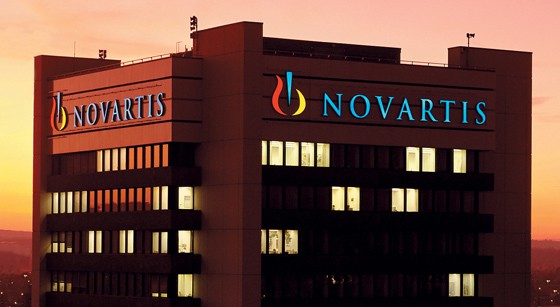
Armed with a fresh set of phase III data, Novartis has finally submitted its chronic obstructive pulmonary disease (COPD) therapy QVA149 for marketing in the US.
The company confirmed today it filed applications QVA149 – a combination of long-acting beta agonist indacaterol and long-acting muscarinic antagonist (LAMA) glycopyrronium bromide – as well as NVA237 (glycopyrronium bromide monotherapy) before the end of 2014.
QVA149 is already on the market in the EU under the Ultibro brand name having been approved in 2013 as the first LABA/LAMA for COPD.
LABA/LAMA combinations deliver the two major bronchodilator classes that are recommended as first-line maintenance options in treatment guidelines and are expected to make significant headway in the asthma and COPD market.
Market research firm Visiongain has previously said the class will play a key role in driving growth in the asthma/COPD market from a value of $34bn in 2012 to more than $41bn by 2017.
At the moment the COPD market is dominated by Boehringer Ingelheim’s muscarinic antagonist Spiriva (tiotropium) and GlaxoSmithKline’s beta agonist/inhaled corticosteroid product Advair/Seretide (salmeterol and fluticasone), which each make several billion dollars a year in sales.
However, with multiple new drugs coming through the pipeline the sector is expected to become increasingly fragmented, with analysts predicting sales of between $1bn and $2bn for members of the new class as they compete both with each other and low-cost generic versions of Advair.
Ultibro grabbed the lead in the EU LABA/LAMA market from rivals including GSK, whose Anoro (vilanterol and umeclidinium bromide) was the first in the new class to get approval in the US.
AstraZeneca (AZ) joined the party in the EU when its Duaklir (formoterol fumarate/ aclidinium bromide) combination was approved by the European Medicines Agency (EMA) last November, while Boehringer Ingelheim is nipping at the leaders’ heels with a dual therapy based on olodaterol and tiotropium.
Novartis is hoping new data from its pivotal clinical trial programmes will help position QVA149 in the market.
The company revealed this morning that the FLIGHT 1 and 2 studies met their primary objectives with twice-daily QVA149 demonstrating significant and clinically meaningful improvements in lung function after 12 weeks’ therapy compared to indacaterol and glycopyrronium bromide monotherapies in moderate-to-severe COPD patients.
“We are closer to offering US patients with COPD a broader range of treatment options to help improve the significant burden of reduced lung function, and to help improve their lives,” said Vasant Narasimhan, global head of development at Novartis Pharmaceuticals.




